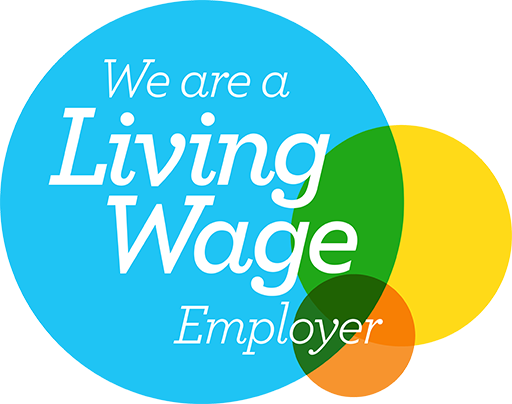This isn’t about whether your organisation is a charity or social enterprise, it’s a formal setup as outlined in a governing document.
The primary decision is whether your should be incorporated or unincorporated. While 61% of registered Scottish charities (as of July 2018) are unincorporated, this structure exposes trustees to significant risks.
|
Unincorporated
|
Incorporated
|
|
Unincorporated organisations are not regarded by the law as ‘legal entities’ as they do not have a separate legal personality distinct from their members or management committee. As such, they are essentially a group of individuals working towards a common purpose. If wishing to enter into agreements such as a lease or building contract, the individuals must do so on behalf of the organisation meaning that they therefore incur personal liability.
|
Incorporated organisations are regarded by the law as ‘legal entities’ meaning that they can enter into agreements in their own right. Such organisations can own assets such as land and buildings, employ staff, incur debts, sue and be sued. The liability of members is therefore limited (in the vast majority of instances).
|
Although many small organisations operate just fine with an unincorporated structure – perhaps their sole liability is the weekly £7 hall let – the consequences can be catastrophic when things go wrong as members have unlimited liability. Careful consideration should therefore be given when deciding on whether to adopt an unincorporated or incorporated legal structure. Common types of each structure are detailed below.
Unincorporated Legal Structures
|
Unincorporated Association
|
Can be registered as a charity
|
|
Trust
|
Can be registered as a charity
|
Incorporated Legal Structures
| Scottish Charitable Incorporated Organisation (SCIO) |
Can only be a Charity
|
|
Company Limited by Guarantee
|
Can be registered as a charity
|
|
Community Interest Company (CIC)
|
Cannot be registered as a Charity
|
For a full comparison of common third sector legal structures, please see the Office of the Scottish Charity Regulator’s (OSCR) Legal Forms Factsheet and the relevant pages of our Getting Started section.
It’s not necessary for your organisation to be a charity – in fact the Office of the Scottish Charity Regulator (OSCR) estimates that approximately only 50% of Scotland’s third sector organisations are charities – and any application for charitable status should be considered carefully beforehand (please see section 1.9). As illustrated in the table above though, one significant benefit of charitable status is that it offers a route to establish an incorporated organisation in order to protect the charity trustees.There are currently 24,485 charities in Scotland (July 2018). Despite only being introduced in 2011, the SCIO model already accounts for 3,498 (14%) of this figure and approximately 50% of all applications for charitable status are SCIOs. The table opposite illustrates that the sector is recognising the importance of incorporating and in particular, the SCIO as a vehicle for doing do.
|
Legal Structure
|
Jan 2016
|
Jul 2018
|
+/-
|
|
Unincorporated
|
12,011
|
11,461
|
-550
|
|
Trust
|
3,814
|
3,570
|
-244
|
|
SCIO
|
2,051
|
3,498
|
+1,447
|
|
Company
|
5,003
|
4,878
|
-125
|
|
Other
|
1,173
|
1,078
|
-95
|
| [/wpv-autop]
Total
|
24,052
|
24,485
|
+433
|


